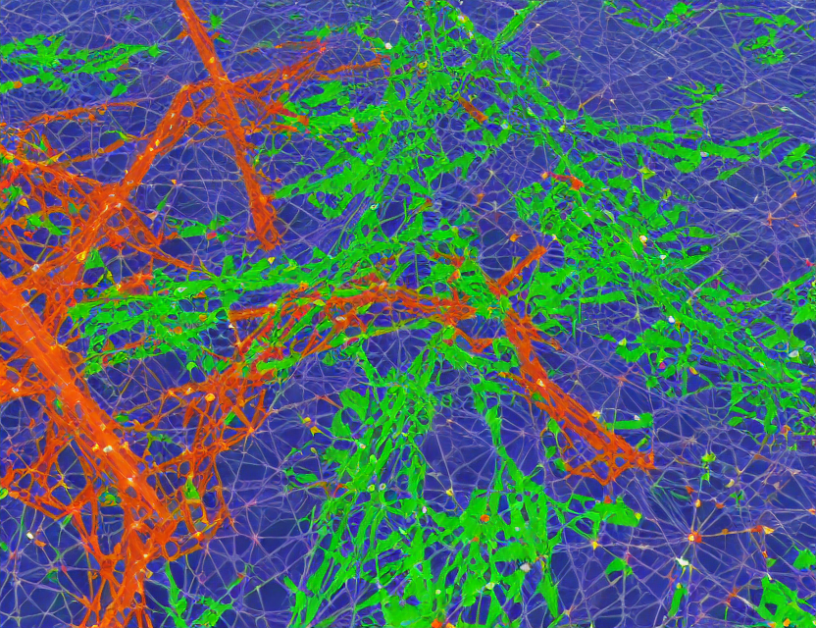The adaptive message passing scheme (AMP) dynamically adjusts the number of messages exchanged between nodes based on their relevance, ensuring that crucial information is not lost during compression. The graph pooling method (GCN) aggregates node features by considering both the number of messages received and the similarity between nodes, resulting in a more comprehensive representation of the graph structure. Lastly, the layer normalization technique (LN) normalizes the activations across layers, preventing the accumulation of errors during message passing.
The article presents an extensive evaluation of AMP-GCN on various datasets, demonstrating its superior performance compared to state-of-the-art GNNs. The results show that AMP-GCN achieves better task performance while also preserving more information than other GNNs. Additionally, the authors perform a series of ablation studies to analyze the contributions of each component in AMP-GCN, providing insights into the effectiveness of the approach.
In summary, AMP-GCN is a novel GNN design that addresses two major limitations of existing GNNs: oversquashing and information preservation. By introducing three innovative components, AMP-GCN improves the performance and accuracy of graph neural networks in various applications, making it an important contribution to the field.
Computer Science, Machine Learning
Adaptive Message Passing: Mitigating Oversmoothing and Oversquashing in Graph Neural Networks



